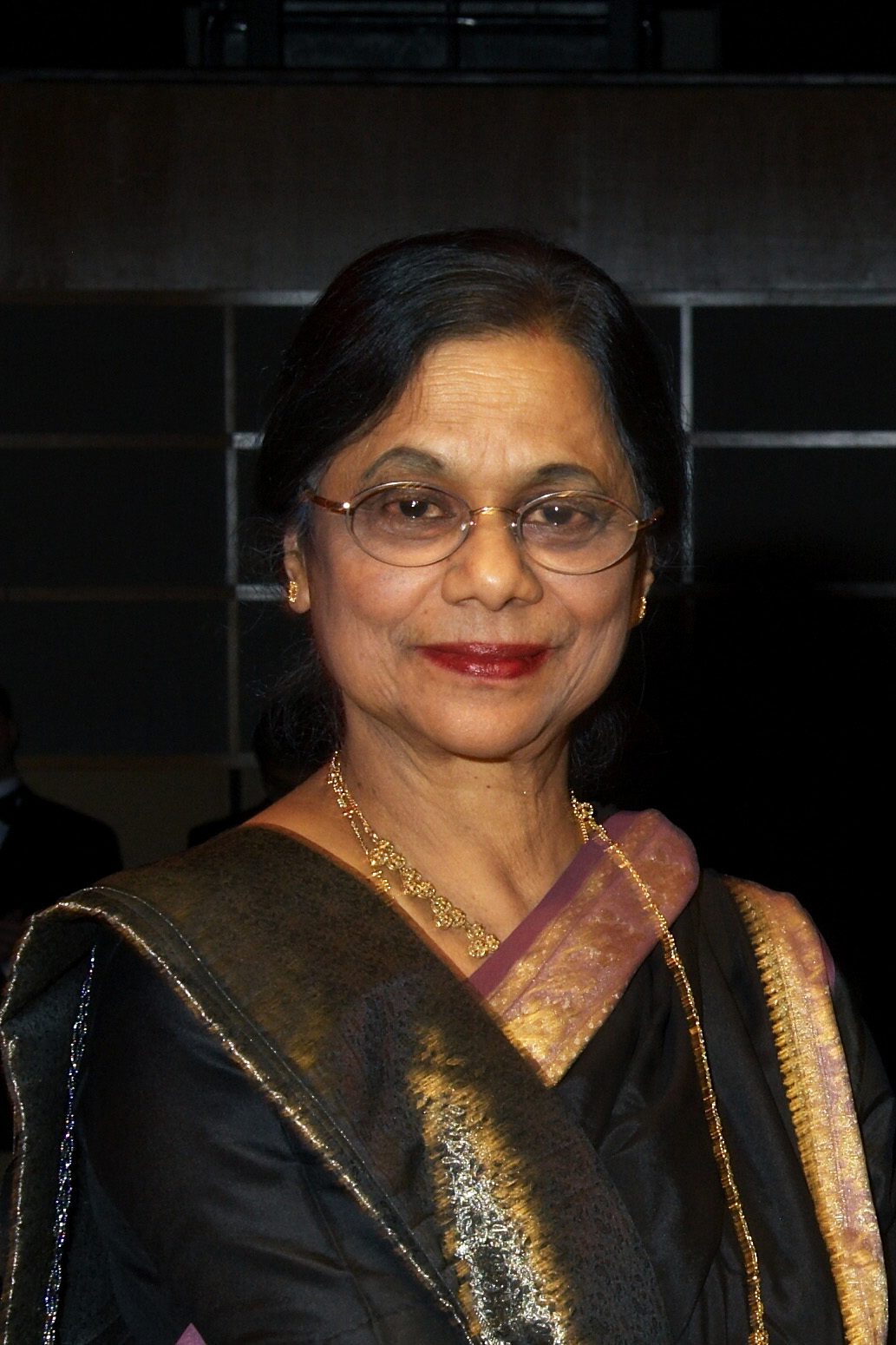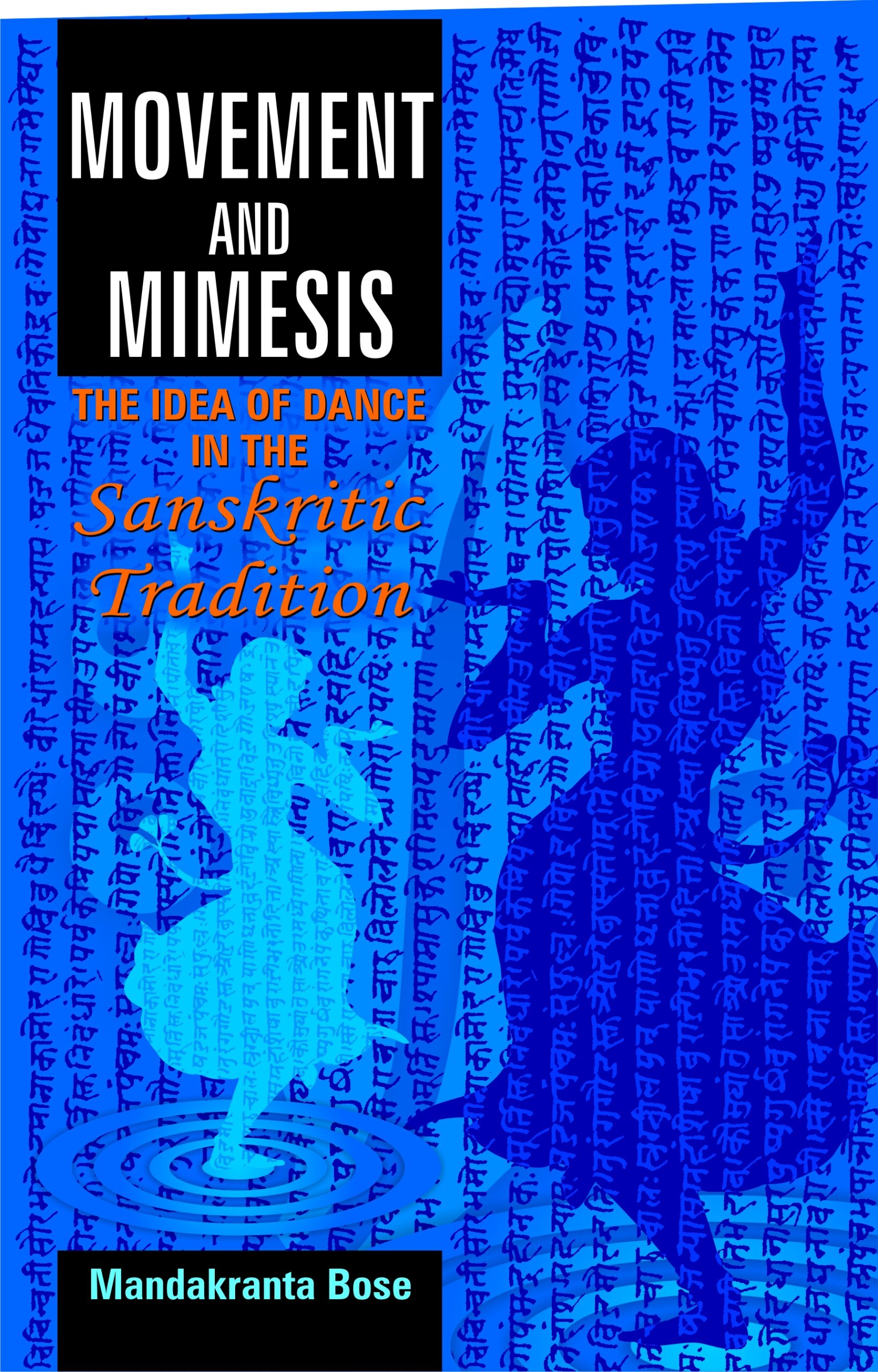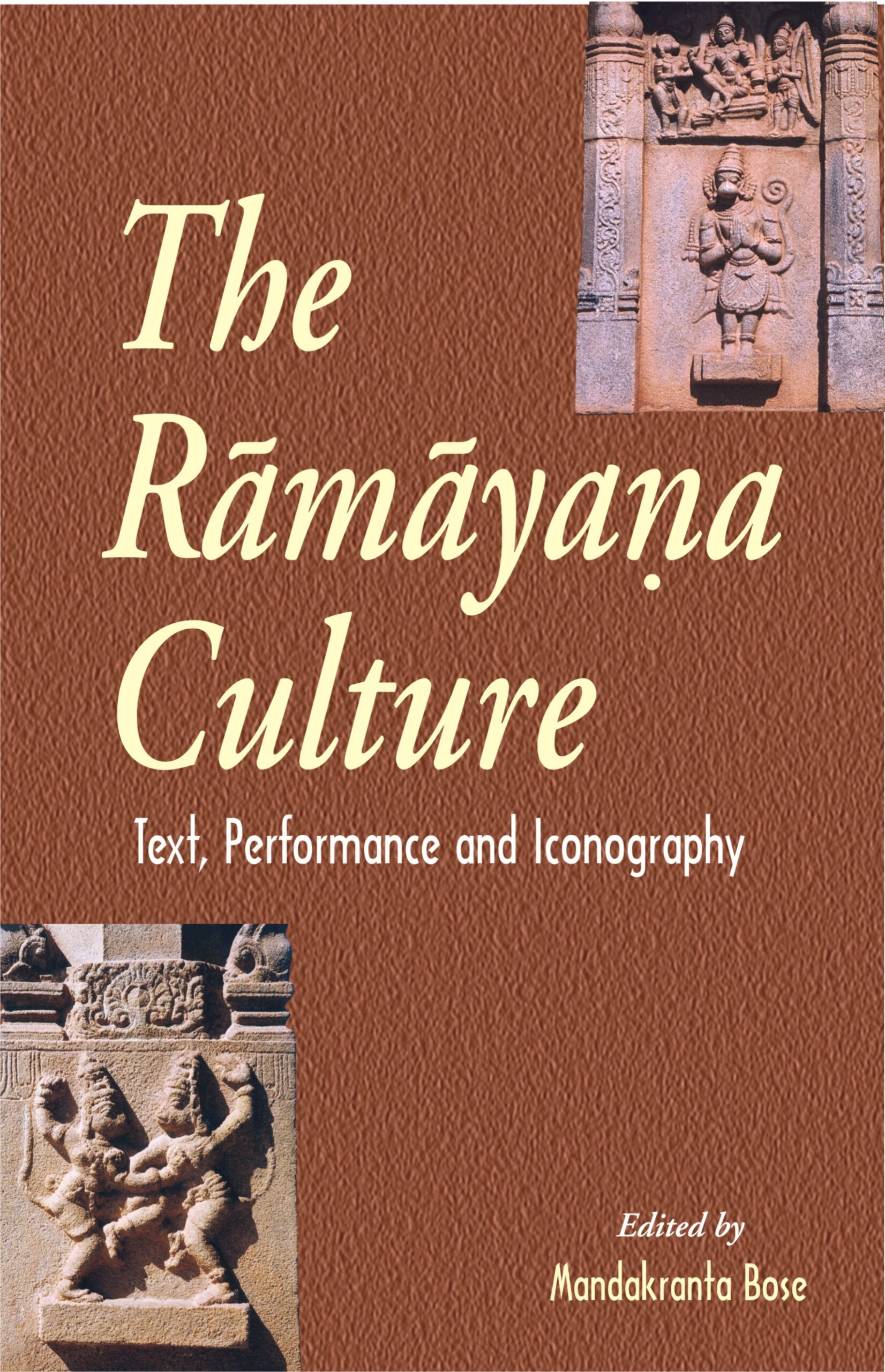
Mandakranta Bose, Professor Emerita, and till her retirement Director of the Centre for South Asia and India Research, at the University of British Columbia, has made the Sanskrit tradition of dance and theatre arts the subject of her lifelong study. She has published major studies in the field, including Classical Indian Dancing: A Glossary, Speaking of Dance: The Indian Critique, and critical editions of Sanskrit texts on music and dance. Her interests also comprise gender issues and Ramayana studies, represented by Faces of the Feminine in Ancient, Medieval and Modern India, The Ramayana Culture, and The Ramayana Revisited. Dr Bose is a fellow of the Royal Asiatic Society of Great Britain.
Fellow of the Royal Society of Canada
Fellow of the Royal Asiatic Society, London
Member, American Oriental Society.
Member, European Association of South Asian Studies.
1. “Gender and Performance on the Global Stage.” In Dance Matters, eds. Pallabi Chakravorty and Nilanjana Gupta, New Delhi: Routledge, 2010.
2. “What happened to Sita’s voice? Sita in Three Bengali Ramayanas.” In Sita, eds. Malashri Lal and Namita Gokhale, New Delhi: Penguin, 2009.
3. “Indian MOdernity and Tagore’s Dance.” Rabindranath Tagore: Reclaiming A Cultural Icon, eds. Joseph O’ Connell and Kathlees O’ Connell, Kolkata: Visva-Bharati, 2009, First published in a University of Toronto Quarterly special issue, vol. 77, no. 4, Rabindranath Tagore, Facets of A Cultural Icon, Toronto: University of Toronto, 2008.
4. “Miraculous Maternity: A Gender Paradox in the Ramayana.” Traditional South Asian Medicine, vol 8, Dr. Ludwig Reichert Verlag, Wiesbaden, Germany, 2008.
5. The Political Aesthetic of Nation and Gender in Rituparno Ghosh’s Chokher Bali.” Recasting Classics: Indian Literature and Popular Cinema, ed. Heidi R.M. Pauwels, London & New York: Routledge, 2007.
6. “Kohala: The Lost Dramaturge of Ancient India.” Kalakalpa, vol. 1, no. 2, Delhi: Indira Gandhi National Centre for the Arts, 2006, pp. 83-91.
7. “Indian Dance Forms.” Outlines of Art: Peaks of Creativity, special issue of the Journal of Humanities and Social Sciences, Shimla, India: Indian Institute of Advanced Studies, 2006.
8. “Re-forming the Ramayana: The Source-text and its Cultural transformation.” Translation Today, vol. 2, no. 2, October 2005, pp. 1-11.
9. “Reading Dance: A Tale of Texts.” PULSE: South Asian Dance in the UK, Bedford, UK: Kadam Asian Dance and Music Ltd., 2005 (Spring), pp. 13-18.
10. “Aharyabhinaya.” PULSE: South Asian Dance in the UK, Bedford, UK: Kadam Asian Dance and Music Ltd., 2005 (Summer), pp. 20-22.
11. “In Sita’s footsteps: Growing up Female in the Asian Diaspora.” Journal of the Department of South and Southeast Asian Studies, Calcutta University, 2004, pp. 37-44.
12. “Confrontation, Transgression and Submission: Ideals of Womanhood in the Manasamangala.” Playing for Real: Hindu Role Models, Religion and Gender, eds. Jacqueline Suthren Hirst and Lynn Thomas, New Delhi: Oxford University Press, 2004, pp. 102-16.
13. “Uparupaka: A hybrid genre in the Sanskritic Tradition.” The International Journal of Hindu Studies (special issue on performance studies), Montreal, Canada. Guest editor, Bruce sullivan, Professor of Religious Studies at the University of North Arizona, Vol. 4, issue, 2003, pp. 289-312.
14. “Beyond the Body: The Idea and Production of Saundarya in Classical Indian Dancing.” Saundarya: The Perception and Practice of Beauty in India. (Proceedings of a conference organized by Carleton University & India International Centre, Delhi). Delhi: Samvad India Foundation, 2003, pp. 54-61.
15. “Wem gehort der klassische indische Tanz? Die Frage nach den Besitzverhaltnissen und die Auffuhrung auf der globalen Buhne,” [German translation of a paper entitled: “The Ownership of Indian Classical Dancing and Its Performance on the Global Stage”]. Singulaitaten-Allianzen. Interventionen 11. Zurich, Wien: Instituts fur Theorie der Gestaltung und Kunst (ith), Hochschule fur Gestaltung und Kunst Zurich (HGKZ), 2002, pp. 109-28.
16. “Dancing to the Master’s tune: Gender and Performance in the South Asian Tradition.” Journal of Women’s Studies, vol. 3, nos. 1&2, Calcutta: University of Calcutta, 2002, pp. 1-15.
17. “Beginnings: Legends of Origin in the Krittivasi Ramayana.” In Devotional Literature in South Asia: Current Research 1997-2000, eds. Winand Calewart and Dieter Taillieu. Leuven & Delhi: Manohar Publishers, 2002, pp. 23-28.
18. “Traditional Life Writing/Life Story Forms: India.” [On women’s writing in India] Encyclopaedia of Life Writing, London: Fitzroy Publishers, 2001.
19. “Textual Confrontations with Female Transgression in the Behula Legend.” In The Banyan Tree, ed. Mariola Offredi. Venice & Delhi: Manohar Publishers, 2000.
20. “The Lost Natyavidhi of the Jaina Tradition.” In Approaches to Jaina Studies: Philosophy, Logic, Rituals and Symbols, eds. N.K. Wagle and Olle Qvarnstrom, Toronto: Centre for South Asian Studies, University of Toronto, 1999.
21. “Rabindranath and the Poetic Heritage of Bhakti.” Proceedings of the Sixth International Conference on Early Literature in New Indo-Aryan Languages, University of Washigton, Seattle. Delhi: Manohar Publishers, 1999.
22. “Sastra and Prayoga: The Use of Abhinayadarpana.” Festschrift in honour of Dr. S.S. Janaki. Madras: Kuppuswami Sastri Research Institute, 1998.
23. “Gender and Performance: Classical Indian Dancing.” In the Routledge Reader in Gender and Performance, eds. L. Goodman and S.J. de Gay. London: Routledge, 1998.
24. “Defining Dance: A New Approach in Sarngadeva.” Proceedings of the Sarngadeva Festival, India (under the auspices of the Sangeet Natak Akademi, Delhi), 1998.
25. “The Rhetoric of Seduction in Damodaragupta’s Kuttanimata” (a comparative study of the Sanskrit work with Ovid’s Ars Amatoria). Journal of the Institute for Kultur und Geschichte Indiens und Tibets, Hamburg, 1997.
26. “Taslima Nasrin: Tales of Shame.” Hecate, vol. 21, no. 2, 1995.
27. “The Gupta Dynasty.” Chapter co-authored with Tirthankar Bose. In World Civilization. Toronto: Gage Educational Publishing, 1993.
28. “Categories of Dance: Bandha and Anibandha.” In The Traditional Indian Theory and Practice of Music and Dance. Vol. 11 of the Panels of the VIIth World Sanskrit Conference, ed. Jonathan Katz. Leiden: E.J. Brill, 1992.
29. “Nartananirnaya: A Landmark in the Literature of Dance.” Berliner Indologische Studien, Berlin, vol. 6, 1991.
30. “Lasya: Dance or Drama?” In Sanskrit and Related Studies, ed. B.K. Matilal and P. Bilimoria. Delhi: Sri Satguru Publications, 1990.
31. “Identity through Rebellion: A Study of Women in Balzac, Dickens, and Saratchandra.” In Modern Studies and Other Essays in Honour of Dr. R.K. Sinha, eds. R.C. Prasad and A.K. Sharma. New Delhi: Vikas, 1987.



| There are no products |